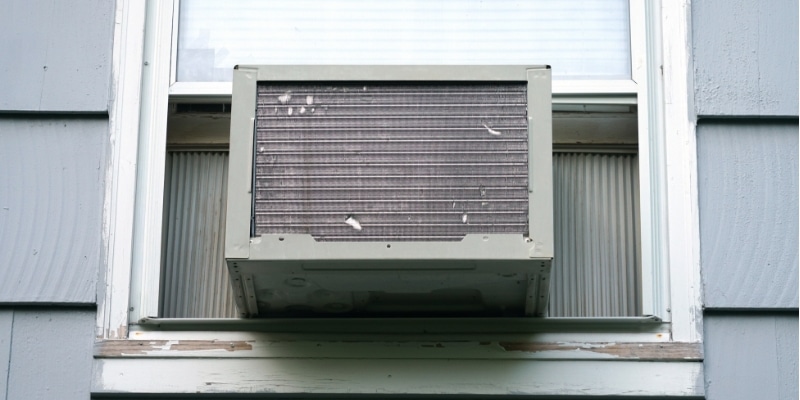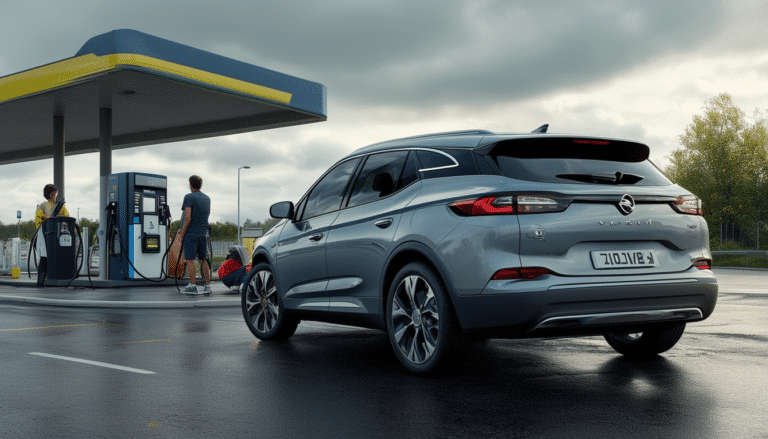B lowering the windows or turning on the air conditioning: which option is more efficient for saving fuel?

During the planning of a road trip, especially during vacations, a frequent question arises among drivers: roll down the windows or turn on the air conditioning? Both options have their advantages and disadvantages in terms of fuel consumption, depending on factors such as the vehicle speed and the conditions of the route. Traveling at speeds below 90 km/h may make rolling down the windows the most efficient option, while at speeds above 100 km/h, using the air conditioning becomes more convenient due to aerodynamic drag. This dilemma highlights the importance of understanding how these decisions affect energy expenditure and, consequently, the associated fuel costs on our journeys.
The choice between rolling down the windows or turning on the air conditioning becomes a daily dilemma for many drivers, especially during long trips or in warm climates. Various studies indicate that this decision can significantly affect gasoline consumption. According to recent research, fuel efficiency varies depending on the vehicle speed and the driving environment.
Impact of Speed on Gasoline Consumption
The relationship between speed and fuel consumption is fundamental when deciding between using open windows or air conditioning. According to a study from the Oak Ridge National Laboratory, at speeds below 90 km/h, driving with the windows open proves to be more efficient. This is because the air conditioning adds an additional load to the engine, increasing fuel consumption.
However, once exceeding 100 km/h, the situation changes. The aerodynamic drag created by having the windows open increases gasoline consumption, making air conditioning the more viable option. This emphasizes the importance of considering speed before making a decision that could impact energy expenditure during the journey.
Differences in Consumption Based on Environment
The environment in which one drives also influences the choice between air conditioning or open windows. In urban areas, where speeds tend to be lower, the load that air conditioning generates on the engine can exceed the impact of the aerodynamic drag of the lowered windows. This makes it more economical to opt for opening the windows in these situations.
On the other hand, during long distances on the highway, where speed changes are minimal, it is more effective to use the air conditioning, preferably at medium intensity, to minimize gasoline consumption.
Practical Tips for Optimizing Air Conditioning Use
There are additional strategies that can help you reduce fuel consumption when using your vehicle’s climate control system. One of the most effective recommendations is to ventilate the car before turning on the air conditioning. Rolling down the windows for a few minutes expels the accumulated hot air, thereby facilitating interior cooling.
Another technique is to activate the air recirculation function, which can reduce fuel consumption by up to 30%. This is achieved by cooling the already present air inside the vehicle instead of taking in hot air from the outside. Additionally, it is advisable to avoid extremely low temperatures in the air conditioning, as this increases the system’s workload and, therefore, gasoline expenditure.
Maintenance and Constant Speed: Allies in Fuel Savings
Regular vehicle maintenance is also crucial for achieving efficient fuel consumption. Keeping the tires inflated to the manufacturer’s recommended pressure helps reduce rolling resistance and decreases gasoline consumption. It is advisable to check the pressure before embarking on a trip, especially if transporting several passengers or a heavy load.
Furthermore, maintaining a constant speed and using cruise control on long journeys facilitates more efficient driving. This method is most effective on roads where speed is stable, as opposed to urban environments where frequent speed variations negate the benefits.
Final Thoughts on the Choice Between Windows and Air Conditioning
The choice between rolling down the windows or turning on the air conditioning is not universal; it varies based on various factors such as speed, vehicle type, and external temperature conditions. The ideal speed to optimize gasoline consumption generally lies between 70 and 80 km/h. However, each car has unique characteristics that affect its fuel efficiency.
Finally, when considering the use of air conditioning versus open windows, it is essential to analyze all these elements to make informed decisions that help save fuel and reduce costs during trips. You can delve further into fuel-saving strategies by visiting links such as trip planning, cost reduction, and tips for saving fuel.
The decision between rolling down the windows or turning on the air conditioning while driving presents itself as a common dilemma, especially in the summer months. This topic is crucial for drivers looking to optimize fuel consumption during their journeys. The choice seems to depend, to a large extent, on the speed at which one is traveling. At speeds below 90 km/h, it has been shown that rolling down the windows is more efficient, as the air conditioning imposes an additional load on the engine, resulting in higher gasoline consumption.
However, once speeds exceed 100 km/h, the scenario changes significantly. In this case, the aerodynamic resistance created by open windows becomes more detrimental, increasing fuel consumption. Therefore, on highways or fast roads, turning on the air conditioning at a moderate intensity becomes the more reasonable option. This phenomenon is due to the fact that vehicles are designed for maximum aerodynamic efficiency with windows closed.
Additionally, there are complementary strategies that can help minimize fuel consumption. Ventilating the car before turning on the air conditioning and using the recirculation function are simple techniques that can reduce the effort needed to cool the interior of the vehicle, which in turn can decrease energy consumption by up to 30%. It is also important to maintain a constant speed and take care of vehicle maintenance, such as proper tire pressure, to maximize fuel consumption efficiency.



